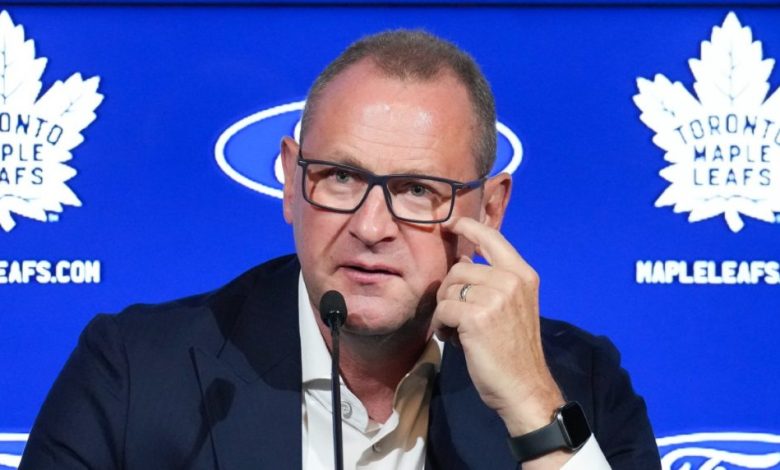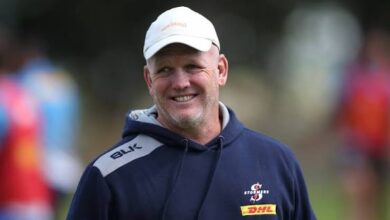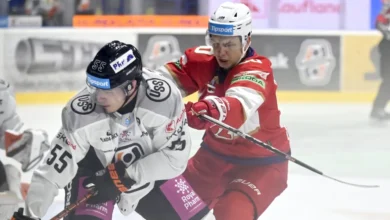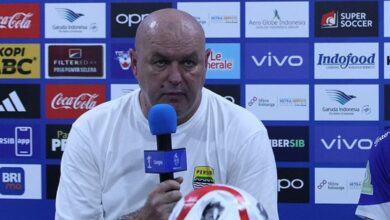How should the Maple Leafs spend $20 million in salary-cap space this summer?

Finally, a little cap relief for the Toronto Maple Leafs.
The wage cap for players in the National Hockey League will raise by more than $4 million this offseason, or 5.39 percent, to a record $88 million, after increasing by just $4 million over the previous six seasons.
The new deals for Austin Matthews and William Nylander will more than offset that increase, but Toronto’s large number of expiring contracts will provide even more breathing room.
The Leafs spent almost $21 million on Tyler Bertuzzi, Max Domi, Ilya Samsonov, TJ Brodie, and John Klingberg alone last season. It seems logical to anticipate the team will be able to receive higher value for those funds the following season. (In actuality, the declines of Samsonov, Brodie, and Klingberg were among the largest
Although there aren’t many elite players in this year’s free agent class, Chris Johnston’s big board is full of first- and second-line forwards and top-four defencemen.
The Utah Yeti, for instance, are listed with $43 million in cash. While the Leafs may not have as much cap space as some of their rivals, general manager Brad Treliving presently has more flexibility than 15 other clubs, which includes nearly all of the teams in the playoffs. And that’s before he might even consider moving one of his stars out.
I’m going to presume that The Core Five players who have no-movement agreements are staying for the purposes of this essay. The cap image may become more hopeful if one of them is shifted, depending on what is returned.
Here is who the Leafs currently have signed, with a little more than three weeks to go until free agency.
With just shy of $20 million to spend, the biggest holes at first glance are in goal and on defence, where Brodie, Joel Edmundson, Mark Giordano and Ilya Lyubushkin are all headed to market.
What’s interesting is when we add in the restricted free agents, it mostly serves to further fill out a crowded forward group. Especially when you consider that Easton Cowan is likely to get a first-month audition out of training camp in the fall.
On the lineup below, I’ve placed Cowan on the roster and projected salaries for RFAs Timothy Liljegren, Nick Based on the closest historical comparables, Robertson and Connor Dewar were given one-year contracts. (Noah Gregor becomes a UFA after not receiving a qualifying offer at this location.)
Currently, I don’t see the Leafs benefiting from extending the terms of these RFAs, even if doing so would raise the average yearly worth of their contracts. Not with so many demands on their hands elsewhere.
I’ve also sent down Conor Timmins, who is probably in the running to rejoin the team, to free up an additional $1.1 million in cap space.
Perhaps he obtains waivers. Perhaps he doesn’t.
That’s 18 players on the roster — 13 forwards, four defencemen and a goaltender — and $15.6 million still to spend.
Theoretically, they could shift Pontus Holmberg or Dewar to centre and not need to add anyone up front, although that would leave them obviously weaker than they were this past season given the absence of Bertuzzi and Domi.
A better play, in my opinion, would be to:
1. Go relatively economical in goal. There’s not a bona fide No. 1 available in free agency, and I expect it’ll be extremely difficult for Treliving to pry either Jacob Markstrom or Linus Ullmark out of Calgary and Boston — particularly when groups like the New Jersey Devils are willing to offer a top-10 pick in exchange. That means the Leafs management is still extremely, extremely bullish on Joseph Woll, therefore a tandem option like Laurent Brossoit is left to split starts with him.
Although Brossoit hasn’t played much, he has had strong results in the last several campaigns. As a 31-year-old UFA, getting a solid team where he can start regularly will be his first priority. The Leafs are a good fit, and from what I hear, there’s shared interest.
Given how small the UFA goalkeeper class is, it’s difficult to estimate his exact cost, but I’d venture to say that he’ll sign a relatively short-term contract for about $3 million.
2. Chase the big fish on defence and at centre. In an ideal world, you add a top-pair RD option to play with Morgan Rielly. And you find a centre who can challenge John Tavares for the 2C role and balance out your top-nine forwards a lot better than they were last season.
Is that possible?
I think so. If someone like Brossoit (or Anthony Stolarz) is their guy in net, that leaves close to $13 million to spend and three roster holes. One of those can be a cheap third-pair defenceman, leaving $12 million or so to divided between a center and an RD.
The cap is now rising and is expected to rise much more sharply in the future, so it’s feasible that this year’s UFA contracts grow out of control and the Leafs lose out to other teams for some of the best players. (Player agents have already told me that they are anticipating July 1st to be extremely profitable in comparison to the previous few years.)
However, Treliving should have enough UFA alternatives in the middle and on the blue line to add impact players at both spots this summer. If they are unable to acquire a center, they will, in my opinion, refocus and concentrate on increasing the depth of their wing corps by adding a veteran
3. Perhaps most importantly, try to shed more misused salary to change the mix and improve higher in the lineup.
Reiterating that the cap image above was taken prior to any trades being made is important. Furthermore, not all of the candidates with large contracts and NMCs need to be dealt with.
Given that Liljegren may not mesh stylistically with new coach Craig Berube, Liljegren, who is valued at $2.1 million on the third pair, for instance, stands out as a possible trade asset. The Leafs might also let go of Dewar or David Kämpf and use the money they saved to sign impact UFAs.
With a few such cutbacks, the Leafs might have closer to $14.5 million to spend on two of their most pressing needs, which would free them up to pursue players such as Brady Skjei, Matt Roy, Matt Duchene, Perron, and others more aggressively.
I know a lot of the fan base is, understandably, down on the team in general after yet another postseason disappointment. But there are legitimate ways for them to take a step forward from last season’s meh 10th-place, 102-point finish and ice a deeper lineup in the fall. If they hit on a decent tandem goalie, add an impact defenceman and get stronger down the middle, they’re unquestionably a better team in all three areas.
Plus, if they can add a decent UFA piece or two with term this July, they’ll also have Mitch Marner and Tavares’ $21.9 million potentially coming off the books and another significant cap bump in the summer of 2025.
The Leafs can be big players in free agency two years in a row, in other words.
So, change is coming to Toronto’s cap structure and playing style, no matter what. And it’s imperative they start in the coming weeks by placing well-timed wagers on a handful of recently hired veterans who, in contrast to many of the mercenaries they’ve previously hired on one-year contracts, are most likely going to be sticking around for a while. There is cause for optimism when you consider the possible influence of a player like Cowan and the continued development of young players like Woll and Matthew Knies.
I’m not able to promise you that anything will matter in the postseason. However, failing to make these crucial choices, focusing on some of the incorrect players over the next few weeks, and retreating even farther is the other option.
which I think everyone can agree is something the Leafs currently cannot afford to accomplish.






